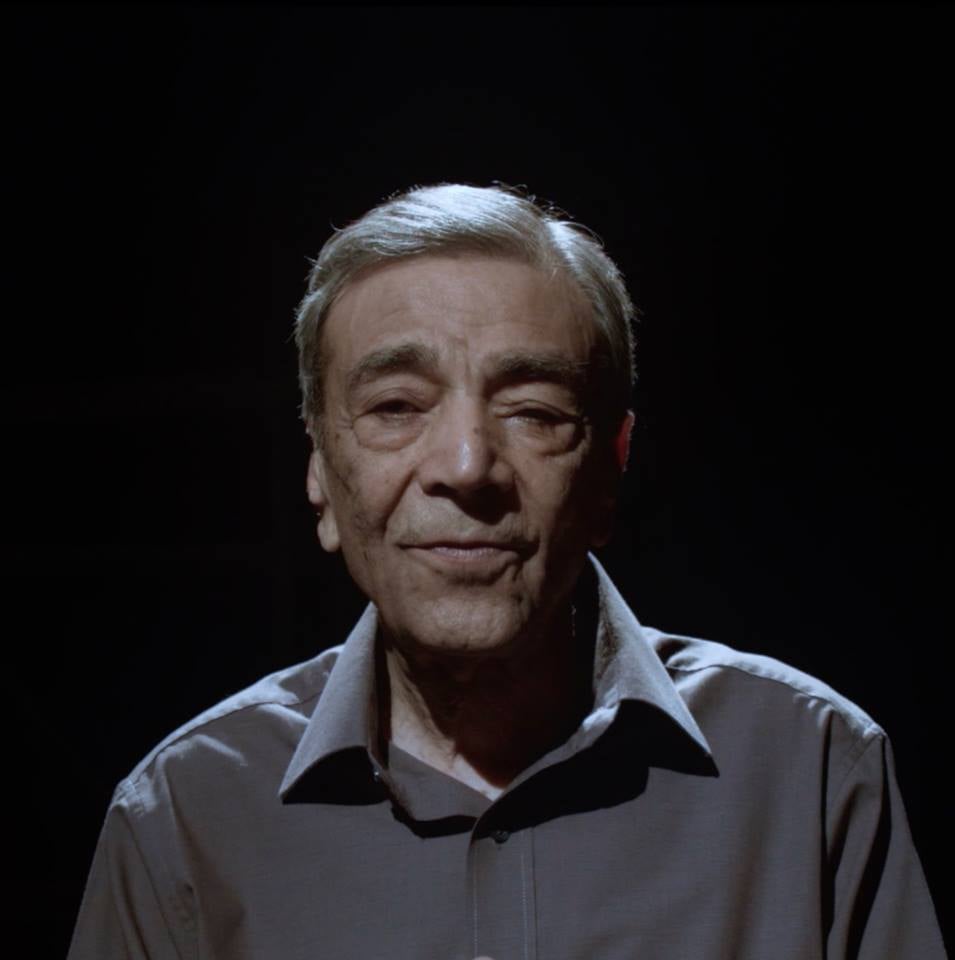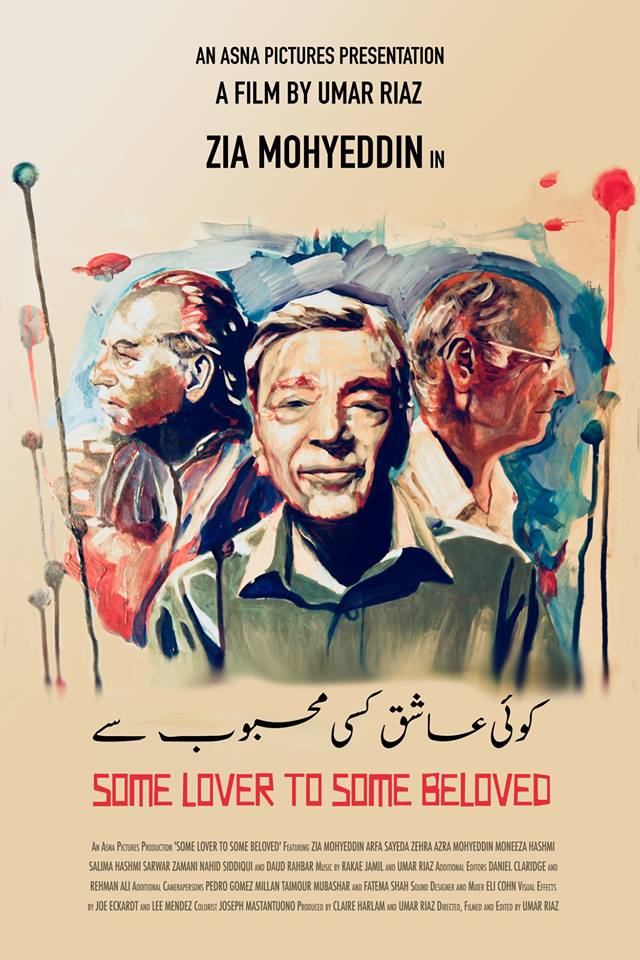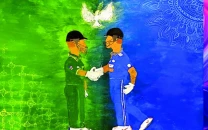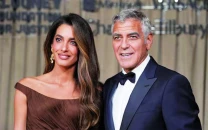Some Lover to Some Beloved: A fantastic watch
Feature-length documentary features Zia Mohyeddin as he remembers his early life, career and more

PHOTO: PUBLICITY
A while into watching the documentary, I wondered what it was essentially about. The title was borrowed from a poem by Faiz Ahmed Faiz and it featured Mohyeddin and seemed to focus mostly on his experiences. The footage seemed to be shot in a modest way while the ideas seemed to be scattered like a bowl of marble balls dropped on the floor. It appeared to be too ambitious. But I figured the best way to judge it was to forget about judging it. And perhaps, I didn’t deliberately make the decision; the short film made it for me. The visuals and the slow, deliberate pace was poetic and arresting.
 PHOTO: PUBLICITY
PHOTO: PUBLICITYEarly on, Riaz set the stage for the film’s purpose and direction. He craftily put into context the definitions of ‘lover’ and ‘beloved’. “If someone harbours an intense desire to rise above their station in life, the Beloved is that yearning for the greater in life,” we come to know. “And the Lover the search for it.” But it is noted “that is why the two should not meet.”
One of the most important points the film makes is that attaining perfection is every great artist’s quest. The artist is the lover and perfection, the beloved. And if the two meet, what’s left to work towards? In Faiz’s namesake poem’s last verse, he says, “May you continue walking these pathways, it’s better this way; if you don't even turn to look back, it is okay.”
Barack, Michelle Obama team with Netflix to produce films, shows
It reminds one of the myth of Sisyphus, who was cursed for eternity to carry a boulder to the top of a hill only for eternity. A great artist essentially mimics Sisyphus – he works on his craft, repeats it to get better and only he knows that he’ll attain perfection. The boulder will always roll down the hill. But what if the artist achieves perfection? What if the boulder stays on the top of the hill? What will Sisyphus do next? What will the artist strive for next? Perhaps this is why “the two should not meet” makes sense.
The film doesn’t limit itself to this interpretation of Faiz’s poetry and Mohyeddin’s artistic manifestation. Faiz’s words could be interpreted in several ways and one of them is the socio-political context. The Beloved, in this sense, becomes the country. In a Sufi context, it’s god. Some Lover to Some Beloved explores all of them.
 PHOTO: PUBLICITY
PHOTO: PUBLICITYIt also examines the decay of Urdu language in the hands of our generation. As the last of the dying breed bid farewell one by one, the language suffers. It’s economical to hear and speak it, but nothing more. It’s treated as substandard in comparison to the English language.
Riaz, who serves as the director, cinematographer and editor of the film, makes sure he covers a large ground. He touches upon many ideas and traces Mohyeddin’s life and art and personal eccentricities, with the help of his wife Azra Mohyeddin and former wives Nahid Siddiqui and Sarwar Zamani. He brings to light the poetry and life of Faiz through his daughters Salima and Moneeza Hashmi. He includes a bit of late scholar Daud Rahbar (Zia Mohyeddin’s cousin who heavily influenced him) as he discusses the titular ghazal. But all these lines that Riaz draws out intersect. He makes a connection between Mohyeddin’s work and Faiz’s poetry (one instance of it is how the former recited the latter’s work at his annual reading session in Lahore in the year of his 100th birth anniversary).
The sequences, which may initially seem a bit disconnected, eventually come together in your mind. The film in fact sows the seeds of so many ideas in one’s mind that they stay with you long after. And one may feel Riaz is painting an almost revering portrait of Mohyeddin (after all, being his grandnephew, it must be a struggle to distance yourself from the subject). But at the heart of it, the film still remains about the Lover’s yearning for the Beloved and not only the legendary actor.
Ajoka theatre hosts memorial for Madeeha Gauhar
It’s remarkable how Riaz spent over seven years working on the documentary. It is easy to lose sight of the main objective and get overwhelmed with new findings over that long a period of time. And even though it may appear so at times but I would like to believe Riaz managed to pull it off. At the heart of it, he knew what the film should be about.
And as a so-called ‘millennial’ who’s not deeply involved with Urdu language, its prose and poetry, he made me yearn for the Beloved, where the beloved in point is Urdu literature. That’s some success. In a bigger picture, the film’s ambition to be more than a mere portrait of an actor and step into being an exploration of language, culture and its slow decay makes Some Lover to Some Beloved a timely, important and fantastic watch.
Have something to add to the story? Share it in the comments below.



















COMMENTS
Comments are moderated and generally will be posted if they are on-topic and not abusive.
For more information, please see our Comments FAQ